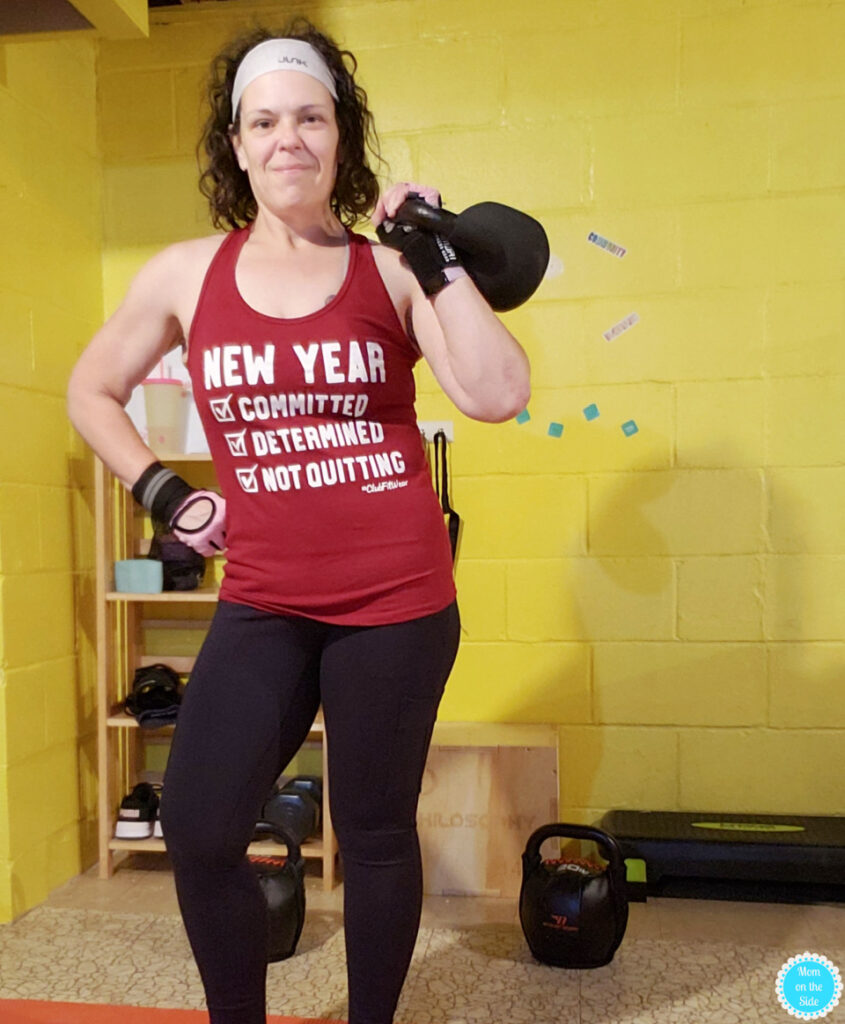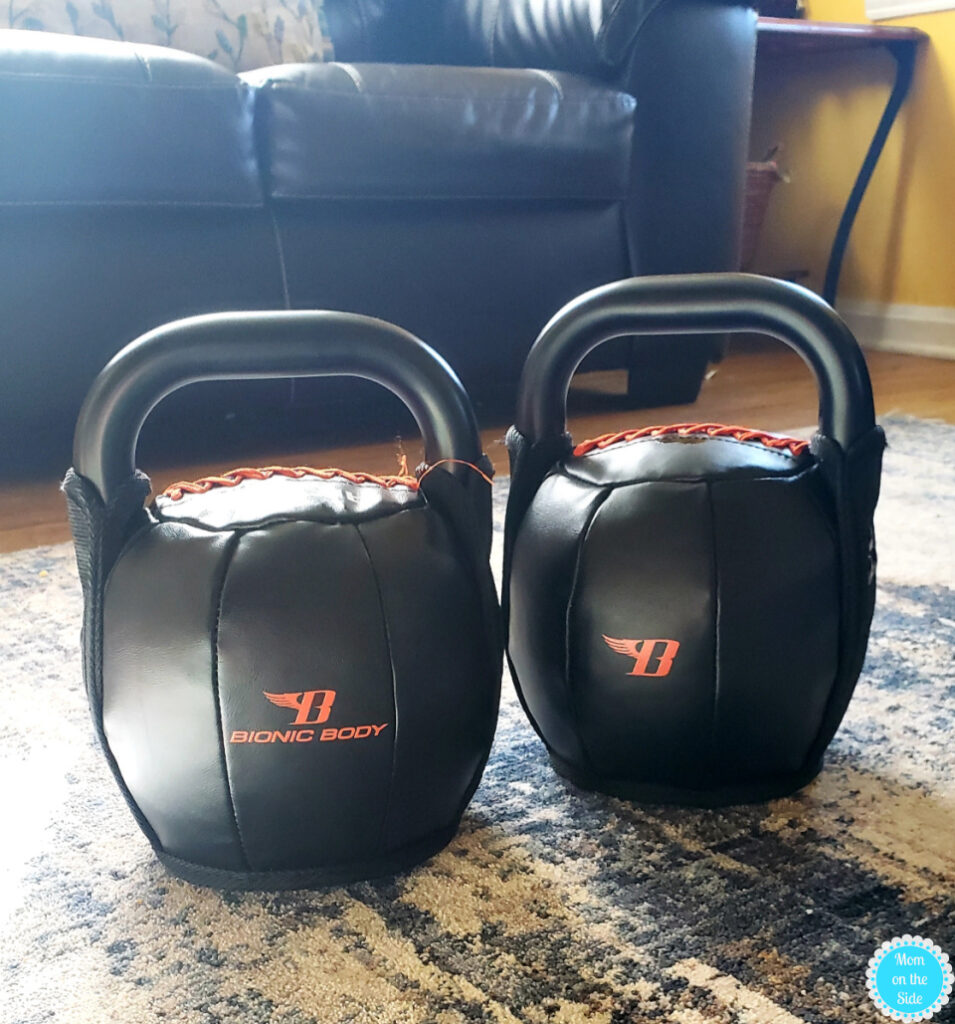When you decide you want to get fit (or it’s something that a doctor has recommended, for example), the temptation could be to go full steam ahead and plunge headfirst into your exercise and workouts. After all, the more you can do in the shortest amount of time, the better the results will be, right? It does seem to make sense.
Or rather, it does seem to make sense at first, because in reality, that’s a terrible idea, and rushing into getting fit and trying to do too much too soon can often lead to burnout, injury, and, in the end, plenty of disappointment when the results you were expecting don’t come.

That’s why it’s far better to start on your fitness journey slowly, which means you’ll need to be patient, consistent, and have goals you want to reach. Whether you’re a beginner or getting back into exercise after a bit of a break, starting gradually is the best way to set a good foundation that you’ll be able to build on for sustainable long-term success. If that sounds like a good idea to you, keep reading to find out more.
Why Is It So Important To Start Slow?
It could be very tempting to jump right in and get started with your new exercise routine, and although you might see some good results initially, that’s not going to last. In the end, slow and steady is what will win this particular race. But why?
Less Chance Of Injury
One of the big risks when it comes to doing any kind of exercise, but especially when you launch right into a tough workout or strenuous activity, is the risk of injury – it’s easy to push your body too far and too hard and come away with a damaged ankle, knee, hip, back, and so on; strains and sprains are all too common.
The problem isn’t necessarily what you’re doing (after all, other people can get away with it without any issues), it’s just that your body isn’t used to all that hard work and moving in that way. Without proper preparation, it’s not going to do what you want it to do, and that generally equals an injury. Starting slow means your muscles, tendons, and ligaments can adapt gradually to new movements and increased activity levels, and that will reduce the risk of injury.
Building Consistency
If you really want to make progress when it comes to your fitness and if you really want to reach your fitness goals, consistency is vital. However, attempting to do too much too soon often leads to burnout, and then you’ll go from doing everything to doing nothing, and you’ll probably lose your motivation as well.
By starting slowly and gradually increasing the intensity of your workouts, you’re more likely to develop a sustainable routine that you can stick with over the longer term, and that consistent effort, even if it’s initially quite small, will give you much better results in the end than sporadic bursts of intense activity ever could.

Learn About Proper Form And Technique
Proper form and the right technique are one hundred percent fundamental if you want to truly maximize your results and (as above) reduce the chance of hurting yourself. Rushing into more complex exercises or heavy lifting without mastering the basics and without taking the time to understand the difference between an Olympic bar vs standard bar weight, for example (as well as any other useful information you might need to know to do things the right way and not get hurt), means you might not get the most out of your exercise routine. If you’re using a piece of equipment in the wrong way, is it really going to benefit you? You might think you’re making progress when you’re actually not.
Starting slowly allows you to focus on really mastering what it is you need to do and how to do it so that it’s going to give you the results you want, and the more you learn, the more you can progress, doing more and more all the time. But that’s not going to happen unless you start slow to begin with.
Managing Expectations
Setting realistic expectations is something everyone should do when they want to get fit. Without realistic goals to work towards, it’s going to be hard to tell whether or not you’re making any progress. Note: ‘realistic’. That’s the really important part if you want to be able to stay committed and motivated to your fitness journey.
It’s true that fast transformations might be something you’d like to happen – they’re certainly appealing – but the fact is that they’re often unsustainable and that can lead to frustration because progress is going to stall. So there’s yet another reason to start things off slowly – if you acknowledge that fitness is a gradual thing, you’ll set yourself up for success by creating sustainable long-term goals, not ones that might sound good but that you won’t be able to reach, and not short-term gains that can cause damage and result in lost motivation, not to mention injury.
Avoiding Burnout
Overtraining is a common mistake to make, and it essentially means pushing yourself too hard without giving yourself time to rest and recover. What happens when you do that? Eventually, your body will force you to stop – you’ll be exhausted, miserable, and you’ll have an increased susceptibility to illness and injury, and working out won’t be on the cards.
The best way to avoid that unpleasantness from happening is to start slow and gradually increase the intensity of your workouts because that allows your body to adapt and recover properly, reducing the risk of burnout and ensuring you stay motivated, which is so important; it’s like a form of self-care.
Practical Tips For Starting Slow
As you can see, starting more slowly on your fitness journey is a great idea, and here are some ways to do it.
Have A Fitness Assessment
Before you start any kind of exercise program, whether it’s slow or not, it’s a good idea to schedule a fitness assessment at your local gym, and with a qualified professional. This assessment will help to identify any underlying health issues, assess your current fitness level, and give you some realistic goals to work towards that are tailored to you specifically.
Choose Activities You Enjoy
Fitness should, ideally, be enjoyable, and if starts to feel like a chore (or always was one) then it’s not going to help you – you’re not going to work at it like you need to in order to get fit. That’s why you should experiment with different types of exercise until you find activities that you genuinely like doing. The great thing is, it can be absolutely anything, from weightlifting to hiking to yoga, and as long as you enjoy it, you’ll be more likely to persevere, even if progress is slow because you’re taking it slow.

Start With Short, Manageable Workouts
Instead of attempting epic hour-long workouts right out of the gate, start with shorter, more manageable sessions and gradually increase the length and intensity of them as your fitness improves. In other words, you want consistency, not intensity in the beginning, and once you’ve established a routine you can maintain over a long period of time, then you can start making it more of a challenge.
Listen To Your Body
Pay attention to how your body responds to the exercise you’re doing and, if you need to, make adjustments to your routine to ensure you get things right. If you feel any pain or discomfort, for example, you might want to scale things back and try shorter or less intense exercise sessions so you can give your body time to recover.
Leave a Reply